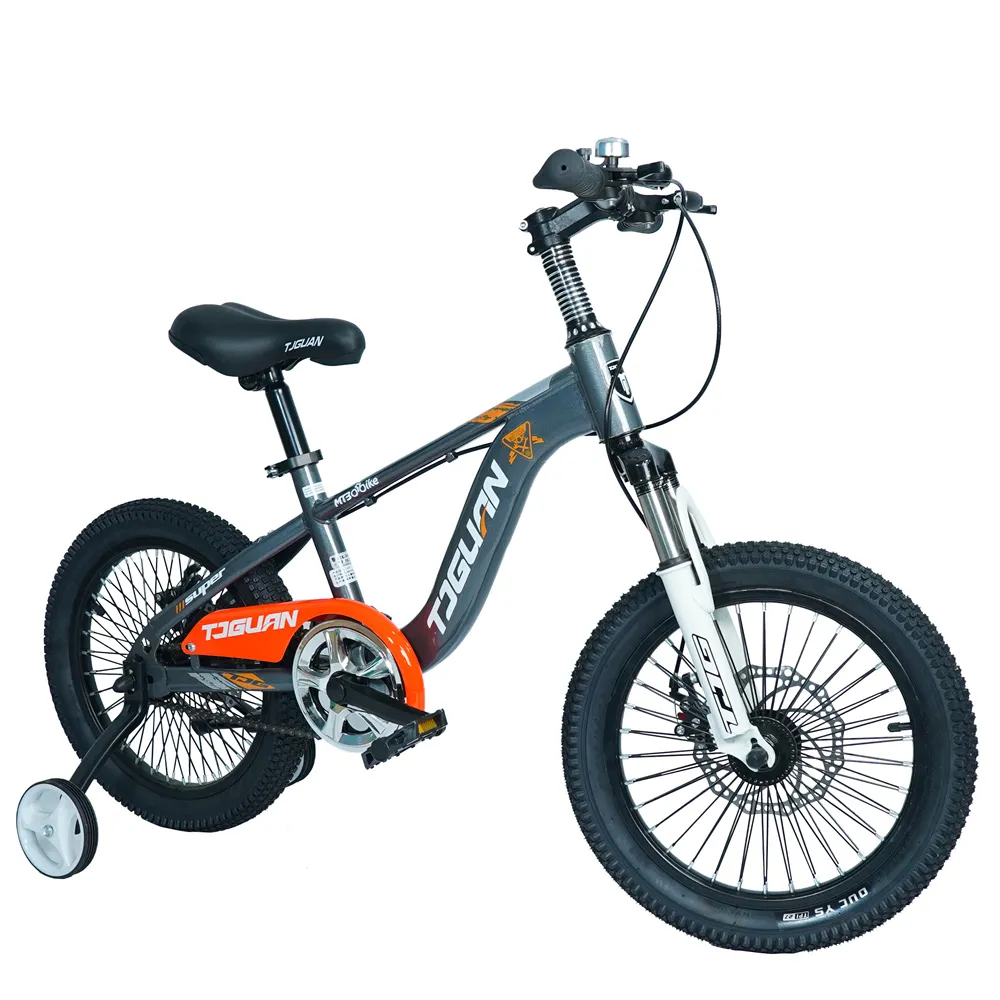Exploring the Evolution and Popularity of Scooters Since 2010 for All Age Groups
The Evolution of Scooters Since 2010
Since 2010, scooters have undergone a remarkable transformation, transitioning from simple modes of transportation to multifunctional vehicles that accommodate the changing needs of urban mobility. This shift is not only about design improvements but also reflects broader trends in technology, sustainability, and urban lifestyle.
In the early days of the decade, scooters were primarily seen as children's toys or recreational vehicles. Commuters often dismissed them as an inadequate mode of transportation, preferring bicycles or public transit for their daily travel. However, as urban populations began to swell and traffic congestion escalated, the search for alternative transportation solutions gained momentum.
The Evolution of Scooters Since 2010
Moreover, the design of scooters has seen significant advancements. The traditional kick scooter has been reimagined to meet diverse consumer needs. Modern scooters now come equipped with features such as LED lights, smart connectivity, and robust safety measures like dual braking systems and puncture-proof tires. These innovations not only enhance the user experience but also address safety concerns that previously hindered the widespread adoption of scooters.
age 10 scooter

Sustainability is another critical factor driving the scooter revolution. In an era where climate change is an urgent concern, there is a growing emphasis on reducing carbon footprints. Scooters, particularly electric ones, are celebrated for their minimal environmental impact compared to cars and motorcycles. Urban planners have recognized the role of scooters in promoting sustainable transport, integrating them into smart city initiatives that encourage reduced reliance on fossil fuels.
Additionally, as scooters became more popular, cities began adapting their infrastructure to accommodate this new wave of transportation. Dedicated scooter lanes, parking zones, and charging stations have popped up in urban areas, making it easier and safer for riders to navigate the streets. Local governments are increasingly collaborating with scooter-sharing companies to create regulations that support sustainable growth while ensuring public safety.
However, the rapid rise of scooter usage has not been without its challenges. Issues such as reckless riding, cluttered sidewalks, and lack of traffic law compliance have prompted cities to implement stricter regulations. Riders are encouraged to wear helmets, follow traffic rules, and be mindful of pedestrian spaces. The conversation around responsible scooter use is crucial as communities work towards harmonizing this new mode of transport with existing urban dynamics.
In conclusion, the evolution of scooters since 2010 has been characterized by significant technological advancements, a focus on sustainability, and adaptive urban infrastructure. As electric scooters continue to gain popularity and influence the way we commute, they offer a glimpse into a future where transport is not only efficient but also environmentally conscious. The journey of scooters reflects broader societal changes and emphasizes the necessity for innovative solutions in our ever-evolving urban landscapes. As we move forward, the integration of scooters into the fabric of city life promises to reshape our commuting habits for the better.
-
kids-scooter-tiny-olympic-games-scooterathlonNewsAug.22,2025
-
kids-scooter-waves-xingtai-zhongzhous-global-rippleNewsAug.22,2025
-
baby-tricycle-oem-legacy-zhongzhou-forgedNewsAug.22,2025
-
xingtais-twin-tricycle-revolution-siblings-ride-togetherNewsAug.22,2025
-
baby-tricycle-design-inspired-by-ancient-armorNewsAug.22,2025
-
nfc-chip-enabled-oem-baby-tricycle-trackingNewsAug.22,2025
-
The Perfect Baby TricycleNewsAug.11,2025








